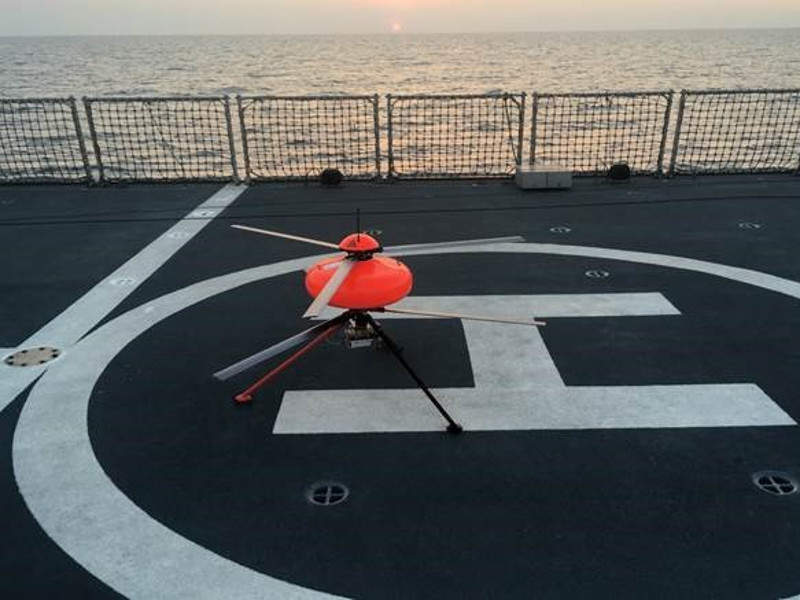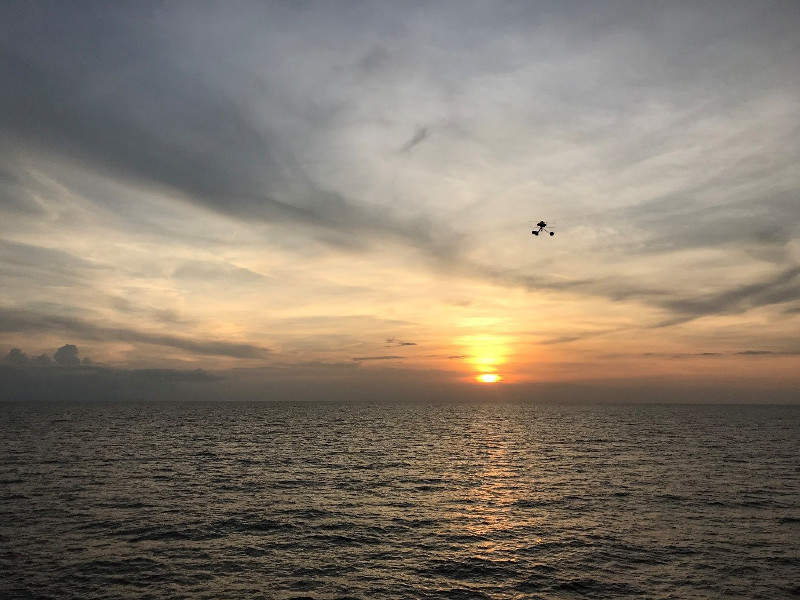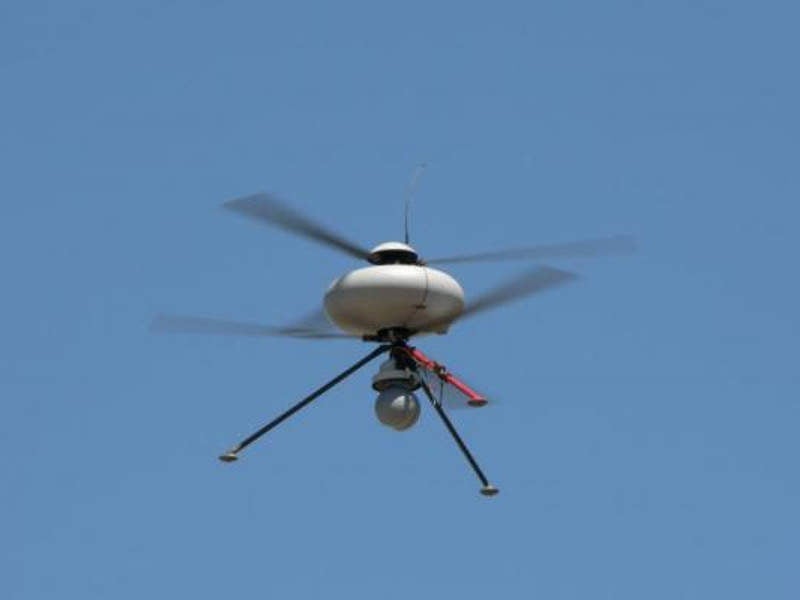UAV IT180-120 is a gasoline-powered version of the UAV IT 180 mini vertical take-off and landing (VTOL) unmanned aerial vehicle (UAV) designed and developed by ECA Group.
The mini UAV can perform search-and-rescue missions for naval forces and homeland security agencies, and can also be deployed in fire surveillance, as well as chemical, biological, radiological and nuclear (CBRN) detection missions.
The long-endurance UAV can carry the Sterna system, which is a portable aerial ranging system that measures the magnetic signature of naval vessels to determine potential threats from underwater foes both in deep seas and shallow waters.
The field-proven UAV IT180 family of drones is in service with the French Armed Forces. The Indonesian Navy deployed a UAV IT180-120 equipped with a Sterna system in July 2018.
UAV IT180-120 design and features
The mini UAV IT180-120 features dual payload slots, a tripod landing gear and two counter-rotating rotors. The upper section of the UAV is installed with a radio signal receiver antenna.
The drone has a total unloaded / empty weight of 16kg and can carry payloads weighing up to 5kg. It can be deployed in less than 15 minutes and is designed to take off and land autonomously.
UAV IT180-120 payloads and communication
The modular VTOL UAV can support several payload options, such as a digital still camera or gyro-stabilised electro-optical / infrared camera with video recording options. The vehicle can also be fitted with light detection and ranging (LiDAR) sensors, CBRN sensors, and an anti-drone kit.
The Sterna system on board the UAV is an aerial-portable magnetic-range solution comprising a fluxgate three axes magnetometer and high-performance digitiser. It performs real-time mine and magnetic anomaly detection (MAD) mapping in a horizontal plane on the vessels.
The Sterna system performs the task on a moving vessel within an hour, unlike traditional systems, which require an immobilised vessel for several days to determine its magnetic signature.
The fully centralised system can carry out magnetic measurement using a high-performance algorithm, which compensates for the sensor errors and the drone’s magnetic influence. Real-time information is transmitted to the command and control system for post-mission analysis.
The mini-drone has manual and autonomous navigation options. It is controlled through either a radio link with a communication range of 3km from the shore or on the deck of a vessel with the help of an interface.
UAV IT180-120 engine and performance
The UAV IT180-120 is powered by a brushless electrical engine, which drives the contra-rotating rotors through the shaft for increased stability and agility.
The mini-drone is designed to operate in extreme and challenging weather conditions, such as rain, snow and heat. It can operate in temperatures between -10°C and 40°C and can resist wind gusts of up to 60km/h.
It can remain stable in harsh environments and reach a maximum altitude of 3,000m (9,000ft). The mini-drone has a maximum speed of 70km/h and can endure airborne for up to 120 minutes.
Variants of the mini VTOL drone
The UAV IT180 family includes different variants based on mission requirements. The UAV IT180-60 and UAV IT180-30 are intended to perform intelligence, surveillance, target acquisition and reconnaissance operations, while the UAV IT180-120 can perform naval and homeland security missions.
The IT200N is a new naval drone currently under development and scheduled for launch in 2020. It will be capable of carrying payloads up to 9kg and detecting floating drifting mines in the path of a naval vessel.






